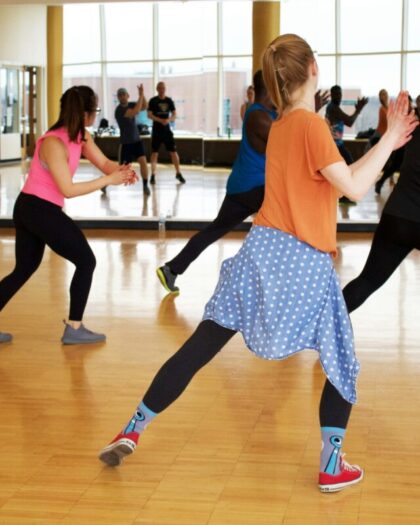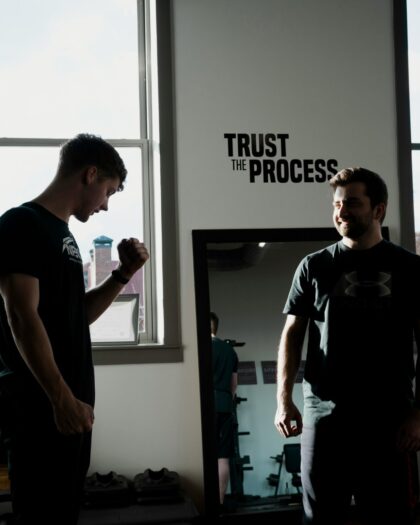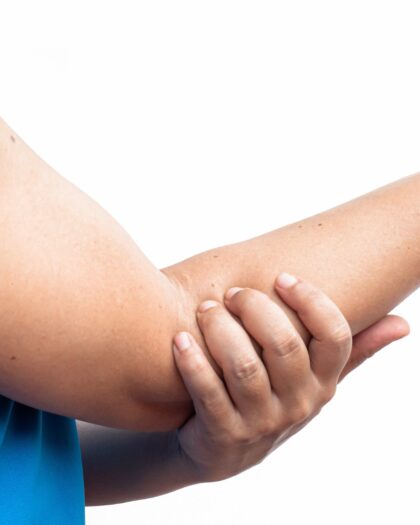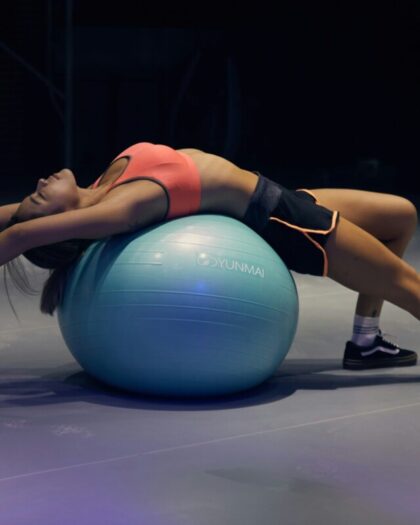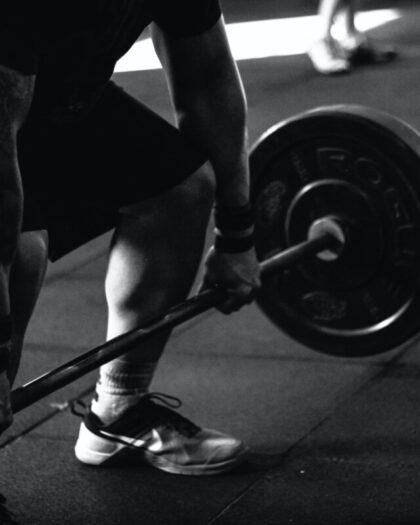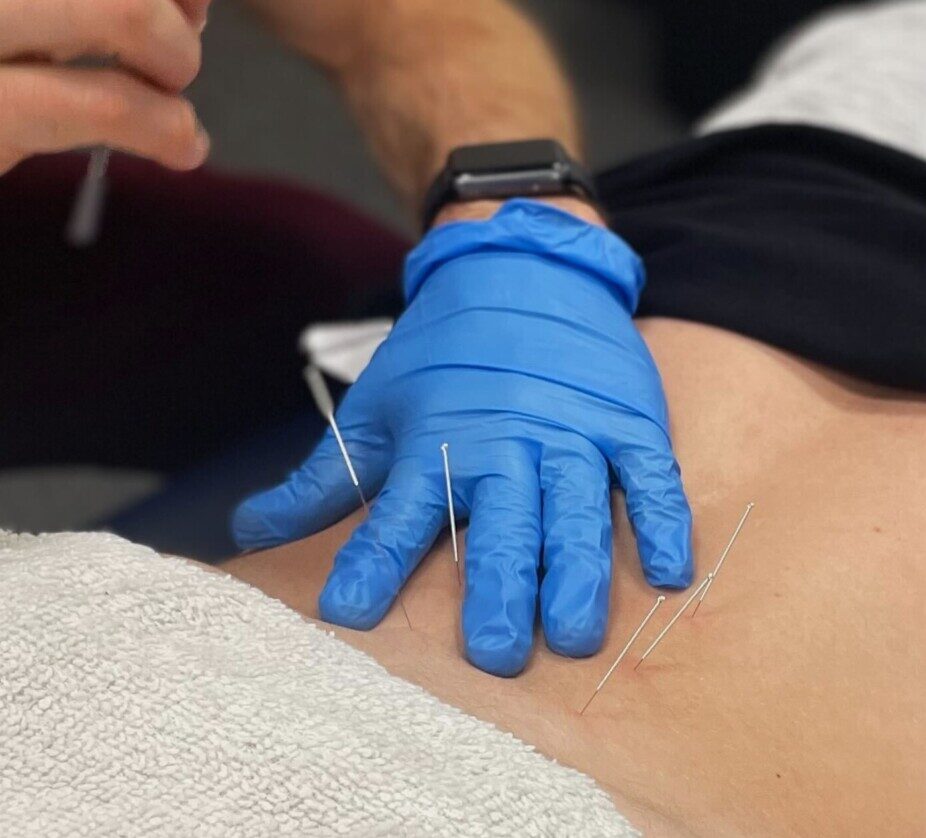
Dry needling, a relatively newer technique in the realm of physical therapy, has gained significant attention in recent years as an effective treatment for a variety of musculoskeletal and neuromuscular conditions. Often compared to acupuncture, a traditional Chinese medicine practice, dry needling shares similarities but also notable differences in its approach and therapeutic targets.
Acupuncture, with its roots dating back thousands of years, primarily focuses on restoring the body's energy flow, known as Chi or Qi. In contrast, dry needling targets dysfunctional tissue within the musculoskeletal and neuromuscular systems, bypassing the concept of energy flow altogether.
Dry needling targets areas of impaired tissue without the use of liquids or medications, hence the term "dry." This technique often involves precise needle placement, sometimes aided by palpation or electromyography, to pinpoint areas of dysfunction.
Despite the absence of medication, dry needling may be complemented with other modalities such as electrical stimulation to enhance pain relief. Additionally, it is frequently integrated with exercise therapy to maximize therapeutic outcomes. The synergy between dry needling and exercise can promote muscle relaxation, improve blood flow, enhance tissue mobility, and ultimately alleviate pain.
The underlying mechanism of dry needling's efficacy revolves around inducing a positive inflammatory response in the targeted tissues. This response triggers muscle relaxation and increased blood flow, contributing to pain reduction and enhanced healing. Moreover, the introduction of the needle stimulus to the neuromuscular system may desensitize the body to painful movements or activities, offering further relief.
The versatility of dry needling extends to its applicability across various conditions:
- Muscle strains
- Neck or lower back pain
- Hip, knee, and shoulder discomfort
- Rotator cuff pain
Specific conditions:
- Biceps tendinitis
- IT band syndrome
- Achilles tendinopathy
- Plantar fasciopathy
- Tennis elbow
- Whiplash
- Headaches
- Temporomandibular or TMJ pain
It's important to note that while dry needling is generally considered safe, it should be performed by qualified practitioners with appropriate training and certification. Patients considering this treatment should consult with their healthcare provider to determine if it's suitable for their individual needs and circumstances.
In conclusion, dry needling represents a valuable addition to the therapeutic arsenal for managing musculoskeletal and neuromuscular conditions. Its targeted approach, combined with the potential for pain relief and improved function, makes it a promising option for individuals seeking alternative or adjunctive treatments to conventional therapies. As research in this field continues to evolve, dry needling stands poised to play an increasingly integral role in physical therapy practice.


